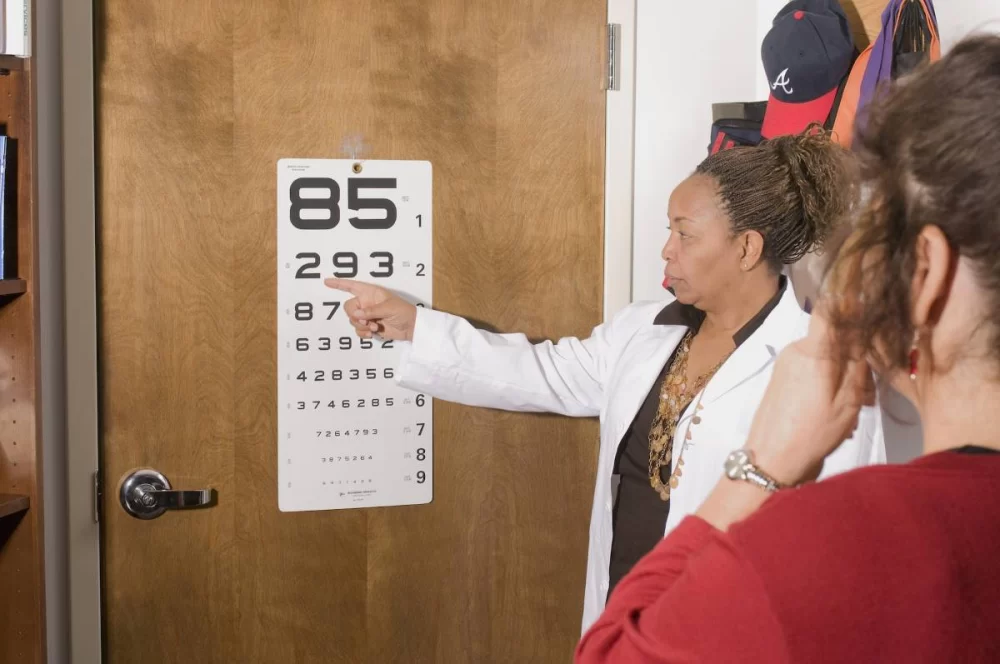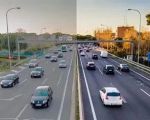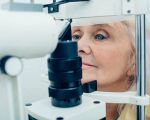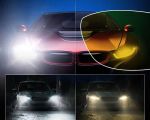
- 1-Understanding-Depth-Perception-in-Pilots-and-Drivers
- 2-The-Importance-of-Depth-Perception-for-Safety-in-Aviation-and-Driving
- 3-Methods-to-Enhance-Depth-Perception-for-Safer-Performance
- 4-Real-World-Cases-and-Professional-Insights-on-Visual-Improvement
- 5-Recommendations-for-Professional-Vision-Care-and-Resources
1. Understanding Depth Perception in Pilots and Drivers
Depth perception is the ability to accurately judge the distance and spatial relationships between objects in three-dimensional space. For pilots and drivers, this visual skill is critical for making split-second decisions that can prevent accidents and improve operational efficiency. Unlike simple eyesight, depth perception integrates inputs from both eyes—binocular vision—and combines cues like motion, perspective, and lighting to create a coherent understanding of surroundings.
In aviation, pilots rely on depth perception to judge runway distance, altitude, and the proximity of other aircraft. Similarly, drivers depend on it for safe lane changes, parking, and maintaining proper following distances. Challenges such as poor lighting, weather conditions, or visual impairments can significantly impact this ability, leading to higher risks on the road or in the sky.
1.1 The Role of Binocular Vision and Visual Processing
Effective depth perception requires both eyes to work in harmony, providing slightly different images that the brain merges into a three-dimensional understanding. This binocular disparity is the foundation of depth cues, but additional monocular cues such as size, texture gradient, and occlusion also contribute when binocular vision is limited—for example, in foggy conditions or nighttime driving.
Understanding how the brain processes these cues helps explain why certain visual training methods can improve depth perception by strengthening neural pathways responsible for spatial awareness.
2. The Importance of Depth Perception for Safety in Aviation and Driving
Failing to accurately perceive depth can have catastrophic consequences. For pilots, misjudging altitude or distance to other aircraft can lead to near misses or collisions. Drivers who underestimate the speed or distance of an oncoming vehicle risk accidents, especially in complex traffic situations like highway merging or busy intersections.
Studies show that impaired depth perception is a significant factor in many vehicle crashes and aviation incidents. For example, a National Highway Traffic Safety Administration (NHTSA) report indicated that poor visual judgment contributes to over 20% of multi-vehicle collisions. Similarly, the Federal Aviation Administration (FAA) has documented cases where pilot spatial disorientation linked to depth perception issues was a root cause of accidents.
2.1 Environmental and Physiological Factors Affecting Depth Perception
Depth perception can be disrupted by environmental conditions such as glare, rain, or fog, which obscure visual cues. Physiologically, factors like age-related vision decline, eye injuries, or uncorrected refractive errors also degrade this critical skill. Pilots and drivers must be aware of these influences and proactively address them through vision care and adaptive strategies.
3. Methods to Enhance Depth Perception for Safer Performance
Fortunately, depth perception is not a fixed ability; it can be improved with targeted training and vision care. Below are key methods to help pilots and drivers sharpen their spatial awareness for enhanced safety:
3.1 Visual Training Exercises
Engaging in specific exercises designed to stimulate binocular vision and spatial judgment can strengthen depth perception. Examples include:
- Focus Shifting: Alternating focus between near and distant objects to improve eye coordination.
- 3D Object Tracking: Following moving objects in three-dimensional space to enhance dynamic depth judgment.
- Hand-Eye Coordination Drills: Activities such as catching or hitting balls to synchronize visual input with motor responses.
Many pilot training programs incorporate these exercises as part of their routine, and drivers can similarly benefit from vision therapy sessions.
3.2 Corrective Vision Solutions
Glasses or contact lenses tailored to correct refractive errors significantly improve image clarity, which is foundational to accurate depth perception. Additionally, specialized lenses that reduce glare and enhance contrast can aid in challenging visual environments.
3.3 Technological Aids and Simulation
Simulators equipped with realistic visual scenarios help pilots and drivers practice depth perception skills under controlled conditions. These simulations can mimic poor weather, night driving, or complex traffic to build confidence and improve decision-making.
4. Real-World Cases and Professional Insights on Visual Improvement
Consider the story of a commercial pilot who, after reporting near mid-air collisions, underwent specialized vision training focused on depth perception enhancement. Post-training evaluations showed measurable improvements in spatial judgment, which directly contributed to safer flight performance. This case highlights how targeted interventions can be life-saving.
Similarly, a professional driver involved in multiple close calls improved their driving safety after adopting depth perception exercises recommended by their optometrist, combined with new prescription lenses optimized for dynamic vision tasks.
4.1 Expert Recommendations
Ophthalmologists and vision specialists emphasize the importance of routine eye exams for pilots and drivers to identify subtle vision deficits early. Regular assessments ensure that corrective measures and training are adjusted to maintain peak visual performance.
5. Recommendations for Professional Vision Care and Resources
For those looking to improve depth perception for safer driving or flying, consulting with qualified vision care professionals is essential. Eye Docs offers comprehensive services, including in-depth eye exams, personalized vision training programs, and access to the latest corrective lenses tailored to your needs.
Investing in professional evaluation and support not only enhances your visual skills but also builds confidence in your ability to handle demanding environments. Whether you’re a pilot or a driver, taking this step can reduce risk and promote long-term safety.
Improving depth perception is a practical goal achievable through dedication and the right resources. By understanding the science behind spatial vision, recognizing its critical role in safety, and applying proven methods, pilots and drivers can enhance their performance significantly. For tailored guidance and high-quality vision products, Eye Docs is your trusted partner in achieving sharper, safer vision.








